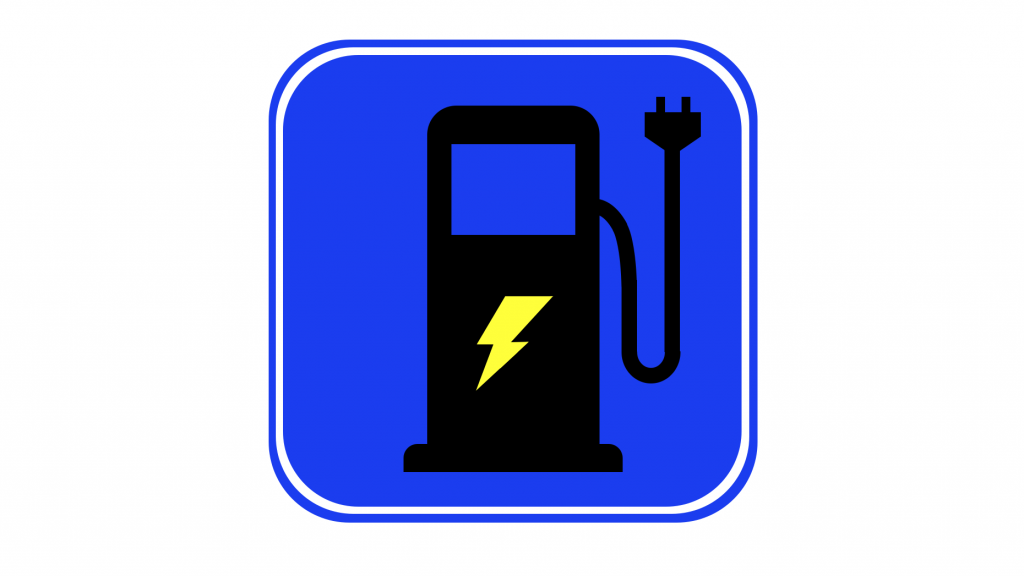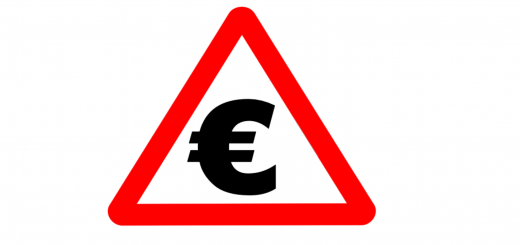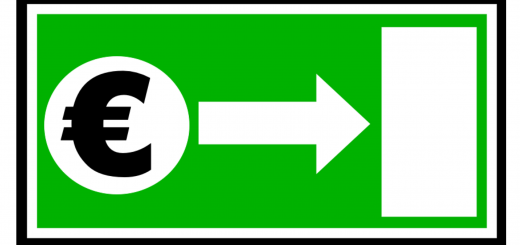Split the supply of energy from the provision of charging stations

Electric cars are better for the environment, even when the car is being charged with gray electricity. For the climate, we should therefore want all new cars to be electric in the long term. Then we just have to make sure that everyone can also charge the car. Charging cars is similar to refueling, but there are a few differences that make it different in practice. Refueling can be done in a few minutes and you do it in between during the trip. When refueling, there are usually several providers on the route, so the desired supplier can be chosen based on price and service. It can therefore be considered to choose another supplier with a small detour. This is also possible with electric cars with fast chargers, but this is more expensive, the journey takes a little longer and it is accompanied by a higher capacity demand on the electricity network. The best way of charging is while parking at the final destination, because then no time is lost for the user and charging can be done with a limited capacity.
The cheapest and easiest way to charge is on your own driveway at your own charging station. On average, charging at home costs 22.5 cents per kWh. However, if you do not have your own parking space, you are dependent on the charging station in the street. The rates on the street can vary greatly between providers, while there is actually no choice where you stand. As mentioned, charging is best done at the place where you already park. This location is mainly determined by the place where your house is, or the place where you work. So who provides a charging station that is available in that area is actually not a choice, but the result of where you live or work. If there is no private parking facility with your own charging station at home or at work, then it will be either; pay as much as the nearest supplier charges, or walk a long way to the destination. Forced parking in a different neighborhood to choose another supplier for a daily charge of the battery will not be worth the savings for most. Why this is not a desirable situation and how we can solve it I will try to explain using two analogies; the liberal energy market and the mobile telephony market.
In the past, the choice of energy supplier at home in the Netherlands was determined by the location of your home connection and the only provider that provided the energy at that location. As a result, there was a monopoly and therefore no competition in energy rates. Now, after the liberalization of the energy market, you can choose your own energy supplier independent of the grid operator that provides the home connection automatically. Of course, the grid operator still receives a reasonable fee for the connection, but the rate of the electricity is determined by the choice of the consumer. With charge cards, there is only a choice for whom you have the transaction invoiced and for which invoicing fee. Furthermore, the costs that the supplier of the charging station charges are simply passed on. The supplier of the charge card offers at most a discount if charging is done at a charging station of an affiliated supplier.
This is where the analogy of the mobile telephony market comes in handy. Compare charging at home with calling in the Netherlands and charging at the charging station with calling in Europe. When calling in the Netherlands, you only call via the home network and your own calling costs are therefore divided between the home network and the network called. Before the European Union started regulating this, the tariffs for the use of the foreign network were higher, so that the calling costs for making and receiving calls abroad were also higher. The customer actually had no choice when they received a call abroad, so the high costs were simply paid. Since regulation, however, the provider within the EU is not allowed to charge more than its own Dutch calling costs. Since then, the foreign network has received a similar fee as the home network would otherwise have received. The actual network costs are still covered, but the customer is no longer abused for his lack of freedom of choice abroad.
This system would just as well fit on the charging stations. The provider of the charging stations must receive a fair reimbursement for the service and thus earn back the investment in the long term. It is seen as a foreign network, so it receives the comparable compensation as the home network. However, the charging costs per kWh depend on the chosen supplier, just as the calling costs depend on the chosen provider. Combine this with a liberalized energy market and the customer can therefore determine who supplies the electricity and at what rate. The customer can then ask his energy supplier from home for a charge card with his home rates, or arrange a charge card with another (specialized) energy supplier. He can then charge his car at the nearest charging station and simply park it near his home or work. Of course, the customer has to pay a fee for the charging station and a fixed maximum surcharge per kWh seems the most obvious for this. I expect it to be a few cents per kWh. This is slightly more expensive than charging at home, because at home the charging station itself has been purchased and the network connection has already been paid, so only the energy costs are charged.
There are a number of additional benefits of moving to this system with legislation:
- Municipalities can ask their grid operator to place a charging station at each parking space.
- The grid operator can regulate peak demand by dividing capacity and time of car charging.
- There are fewer traffic movements because parking is closer to the destination.
- The lack of clarity about the rate at a charging station is eliminated.
- Energy tax can be passed on to the consumer network as for home use.
Fast charging is essentially a variant of a charging station, but with a higher investment. It can therefore also be said here that the kWh price is determined by the pre chosen energy supplier. However, the fee per kWh to cover the investment can then be set higher. The various providers of fast chargers can then compete on the basis of the hight of power supply and the surcharge charged. That market will not change much compared to now and in essence it also most closely resembles the old-fashioned refueling. However, given the volume of the battery pack, the higher rates of fast charging and the time it takes, this will only be a solution for long journeys for most users. The normal user benefits most from a charging station at every parking space. And the chance of this is greatest if we leave it to the municipalities to set that standard. The current providers benefit from scarcity, which means that they are now only placed to a limited extent. Placing by the municipality also gives space to nicely integrating the charging station into a lamppost or amsterdammertje. In short, apply the private energy market to public charging station facilities and make electric driving attractive for everyone!







1 reactie
[…] English version […]